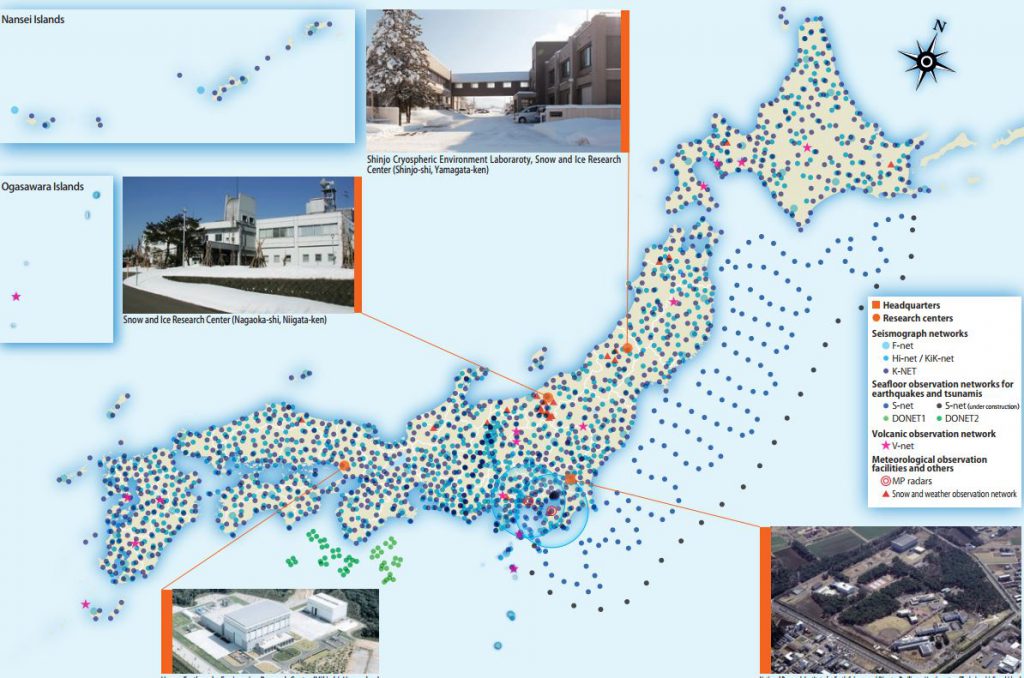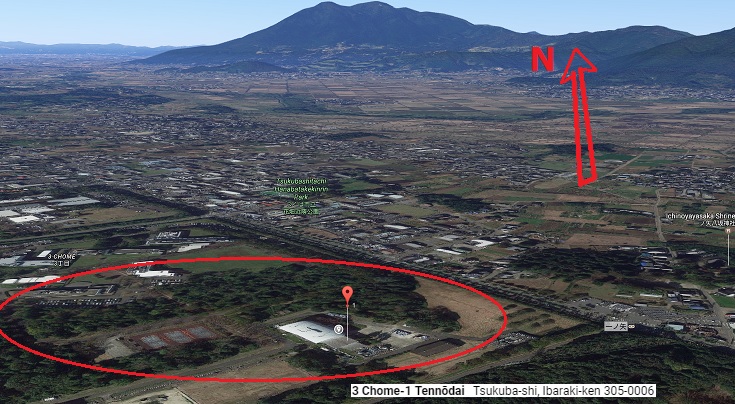03-6272-4372営業時間 9:00〜18:00
防災メディア

Science to Understand Disasters & Response
2017/09/26
One of Japan’s leading centers for disaster research and applied technology is NIED, the National Research Institute for Earth Sciences and Disaster Resilience (防災科学技術研究所). It is located in Tsukuba’s Science City, where so many other researchers also work and live. According to the English webpage for NIED history, the institute opened in 1963, two years after the national legislation and the fundamental act for Disaster Response (災害対策基本法) that was triggered by the 1959 Isewan Typhoon (‘Vera’). As a comparative measure of the NIED scale of operations, the budget in fiscal year 2015 was 9 billion yen, but at Kyoto University’s DPRI (Disaster Prevention Research Institute) in academic year 2016 the budget was about 2 billion yen. A short documentary (9/2017) in English tells the whole story in pictures and video, https://vimeo.com/231051520 and a second edition adds Japanese subtitles for speakers of Japanese or students of Japanese, https://vimeo.com/231051155.
In 1990 the name of NIED changed to the National Research Institute for Earth Science and Disaster Prevention to reflect the overarching role to coordinate several centers of research. After 26 years the institute was renamed in 2016 to reflect the current thinking about the resilience needed to make a good recovery after disasters big or small: National Research Institute for Earth Science and Disaster Resilience. The central idea of resilience is the ability to face sudden stress and later to bounce back to normal. This is not just personal, family, neighborhood and workplace, but also infrastructure and intangible things like social vitality and emotional health. NIED now has six roles to expand and deepen the country’s resilience: more cooperation between academic – government – the private sector, the beneficial shared use of the networks and institute facilities, the applied use of NIED R & D, participate in Disaster Risk Reduction (DRR) internationally, build strength and creativity in Japan’s own DRR experts, and contribute to DRR administration in Japan.
The way to achieve these six roles now for NIED is through the seven research locations and the six divisions for basic research: seismic (earthquakes and tsunami), volcanic, mitigation of earthquakes, rain and storm (wind, flooding, landslides), snow and ice, DRR, and the integrated research division for DRR, too.

Map of research facilities (orange), including large-scale experiment labs, and (2,300) sensor sites (blue)
Both the website and the 25 page NIED Brochure give some of the cooperative work with overseas partners. There are agreements and Memoranda of Understanding for activities and analysis together with researchers in Nepal, China (Xinjiang), Korea, Taiwan, Philippines, Malaysia, New Zealand, USA, and Italy, for example. The range of scientific work, including mostly engineering and hard sciences, can be seen in the publications lists and links for download. The disaster reports start from 1991. The reports from the research centers begin with 1989. And the technical reports start in 1967 and go to the present. All together the NIED does a lot of work to understand disasters and find practical ways to lessen the harm produced in Japan and, by extension, in other places of the world that have similar sources of destruction. The need is great and the NIED is well-positioned to respond to the challenges of the unknown dangers by communicating what it knows to the public, to researchers and to officials, and to foreign colleagues, too.
サイエンスクラフトとは...
サイエンスクラフトは防災計画の作成や防災訓練支援を数十年に渡って行っているコンサル会社です。お問い合わせはこちらまで。





